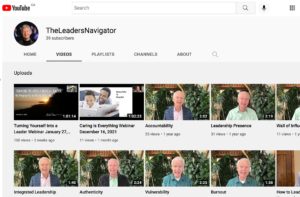Reflections On Thanksgiving Day
On this magnificent and beautiful Thanksgiving weekend in Western Canada, I have much to be grateful for. I have been richly blessed: with a family who inspires, supports, and loves me, with good friends who see the good in me when I can’t see it in myself, with good health, with a career that allows me to live my purpose, with the dogs that I walk every morning who remind me to stay present to all the beauty that surrounds me, with mentors who help me maintain perspective, and for a imperfect path to inner peace and well-being.
In the midst of the gratitude, I am also feeling anguish about the current troubles in the world. While reflecting on the horrific tragedies in Israel this morning, I had a call from a good friend, Peter Nieman, a pediatrician who has recently completed his third book, “SUSTAINED: A Life Re-Written After Sudden Misfortune.” SUSTAINED is Peter’s story of his healing journey and some lessons he is learning through the loss of his young son who took his own life.
Peter and I spoke of getting through a crisis with a sense of equanimity, inner-peace, well-being and realness, even as we embrace fully the horror of whatever we are facing. We spoke about the importance, when confronting catastrophe, to keep, our MVP: Motives, Values, and Priorities front and centre. Then we looked more deeply into what each of our motives, values, and priorities were at this stage in our lives.
Among Buddhists, a Sangha is a community. In Sanskrit, sangha means “collective” or “assemblage,” a group of friends committed to support each other to sustain perspective, support, and continually renewed self-awareness.
On this Canadian Thanksgiving weekend I am grateful for my Sangha.


